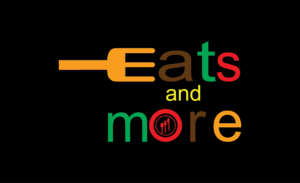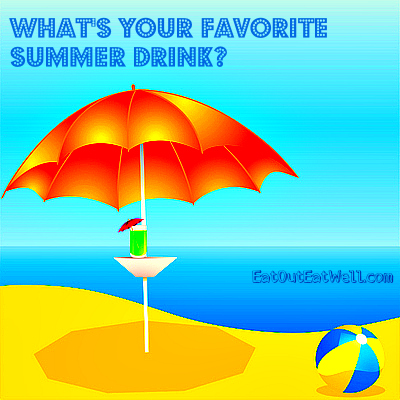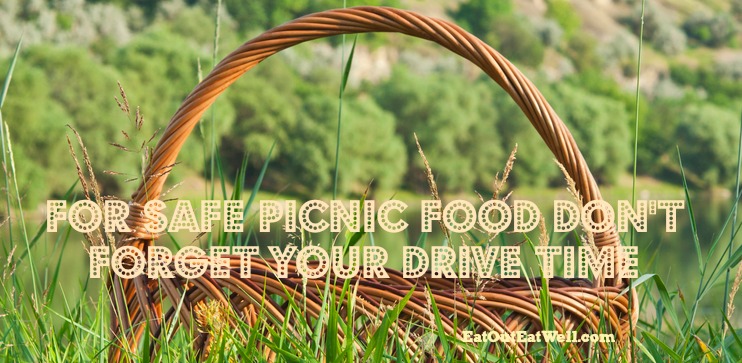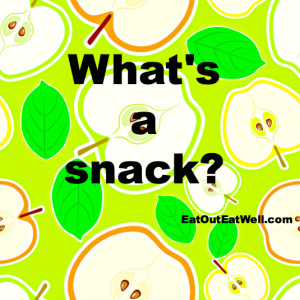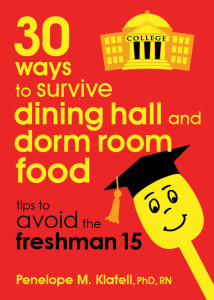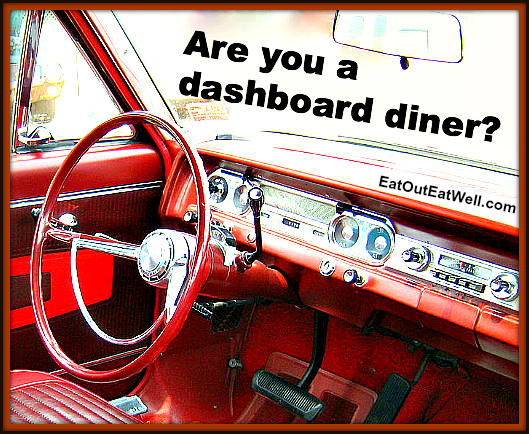
How many ketchup drips, chocolate smears, coffee stains, or cookie crumbs and sugar sprinkles do you have in your car (or on your clothes)? Is your daily road trip to work or a weekend or vacation drive an endless fest of fast food, junk food, and all kinds of snacks? Does your dashboard or vacant passenger seat serve as your kitchen table?
If you’re nodding your head, you’re a dashboard diner. It’s way too easy to indulge your dashboard dining gremlin at fast food and doughnut shop drive-thrus or gas station mini-marts with their canisters of coffee and cold cases of soda along buddied up with an array of baked goods and king size candy bars.
What is it about mini-mart and rest stop food? It seems to touch that primal urge to devour sweet and/or salty stuff that’s loaded with calories. Or, maybe we just remember stopping at rest stops as a kid on family road trips. Whatever the reason, potential trouble lurks for anyone with a proclivity for dashboard dining.
The Trap And The Danger Of Rest-Stops And Mini-Marts
Inside, there’s an endless stream of high carb, high fat, high calorie, and processed food just begging you to plunk down your money so you can immediately indulge (watch how many people start eating the food they’ve bought before they even pay) or take with you.
The real danger – aside from the damage to your waistline – is that high-carb processed foods spike then crash your blood sugar —making you really tired and cranky.
- Drowsy drivers are most definitely not safe drivers.
- Cranky drivers make life miserable for everyone in the car – not a great tone to set if you’re going on vacation.
Rest-Stop And Mini-Mart “Gotchas”
Candy is an impulse purchase; 49 percent of shoppers admit to unplanned purchases of candy. It seems that we want to treat ourselves and candy is an affordable luxury.
Check out the placement of candy the next time you’re in a mini-mart or convenience store — it’s positioned to grab your attention. Vividly colored wrappers reach out to you from high-traffic areas of the store: the checkout area, the aisle that leads to the check out, and on the way to the restrooms.
Know that your senses are going to be assaulted and have a plan for what you will and will not buy. If you’ve decided you want M&Ms go straight to them and don’t get sidetracked by a new kind of chips, or seasonal displays, or the latest and greatest deal on a king-sized package of candy.
Coffee, unlike candy, isn’t an impulse purchase. Nearly 96% of customers intend to buy a cup of coffee before they walk in. Here’s the impulse buy: stores put candy, baked goods, and chips near the coffee to entice you to buy them. As a man standing in line in front of me at a popular gas station mini-mart muttered, “I stop here for coffee every morning and I’ve gained 20 pounds since they put in the Krispy Kreme donut display between the door and the cash register.”
Some Helpful Tips
- Nuts have protein and crunch, won’t cause swings in your blood sugar, and are almost always stocked. Tread a little gently — nuts aren’t low in calories. For a one-ounce serving of nuts you might find at rest stops: 49 shelled pistachios, 162 calories; 23 almonds, 169 calories; 18 cashews, 163 calories; 19 pecans, 201 calories; 10-12 macadamias, 203 calories; 39 peanuts (technically a legume), dry roasted, 170 calories.
- Some mini-marts have fruit (bonus: oranges and bananas come in their own natural wrapper and don’t have to be washed) and almost all have dried fruit – it’s a good idea to balance the higher sugar content of the dried fruit with the fat and protein in nuts or cheese.
- Sometimes you can find individual bowls of whole grain cereals, although check labels because some cereals are loaded with sugar. To go with it, grab a small container of low-fat milk or a container of yogurt.
- Protein bars can be good, better, and best. Check the labels for higher protein and lower sugar. Some can be the equivalent of a candy bar and are so large (with so many calories) that they are made to be meal replacements. A protein bar for a snack should be around 150 calories. Meal replacement bars have around 300 calories or more. Look for at least 15 grams of protein.
- If you’re really hungry, choose a sandwich or burrito over donuts, pastry, and cookies. Check out how fresh it is, though. What’s appealing early in the morning when the shelves are first stocked might not be so appealing at 10PM if it has been sitting around all day and lots of people have picked up the sandwich, squeezed it, and put it back again.
- Beef jerky or beef sticks (or nuggets) are good, portable protein snacks. A one-ounce serving usually has around 80 calories and 5 grams of fat or less.
- A hard-boiled egg is a good choice, too. Just make sure it’s been refrigerated and hasn’t been sitting around for a couple of days.
- If you must go with crunchy stuff, stick with popcorn, pretzels, soy crisps, or baked or popped chips in single-serving bags to keep portions in check. Sometimes bags might look small, but still contain multiple servings. Remember that the salty stuff will make you thirsty so stock up on water. There’s something to be said for snacks that take time to eat one by one when you’re spending a lot of time in the car.
Remember …
- Drink water. People sometimes confuse thirst with hunger, so you can end up eating extra calories when a glass of water is really all you need. If plain water doesn’t cut it, try drinking flavored still or sparkling water. We need water for fluids such as tears, sweat, and urine, and to allow chemical processes to take place in our bodies. Dehydration can cause fatigue and there’s some evidence that even mild dehydration can slow metabolism and drain your energy.
- If you just want to leave your rest stop purchases to chance, at least have your own mental list of some good, better, and best choices of food to buy. The danger is that candy, chips, fries, and doughnuts will start calling your name the minute you walk in the door. If you know that you’re going to head straight for the nuts, or popcorn, or even a burger, that’s great, as long as the giant chocolate chip cookie and the bargain 99 cent 32 ounce soda doesn’t grab you first. Try to decide what you’re going to buy before you go in and then stick to your decision.
- Too much sugar causes a spike and then a nose dive of your blood sugar levels. The consequence is that you’re initially energized and then can get very drowsy and unfocused as your blood sugar plummets. Not exactly what you want when you’re driving.
